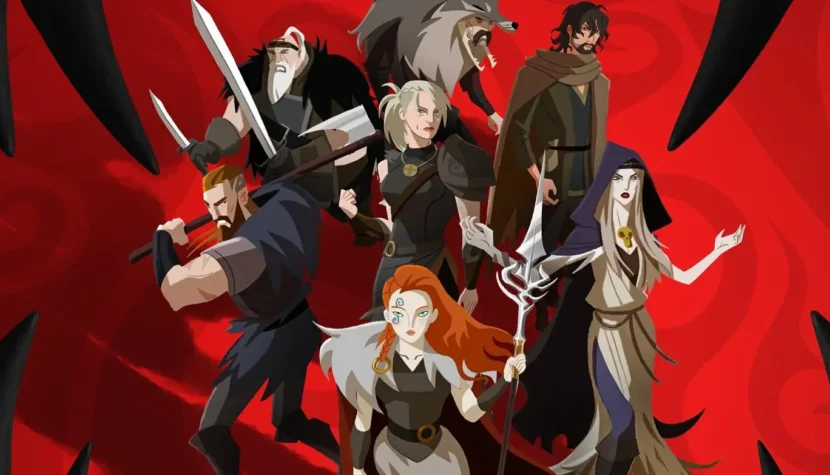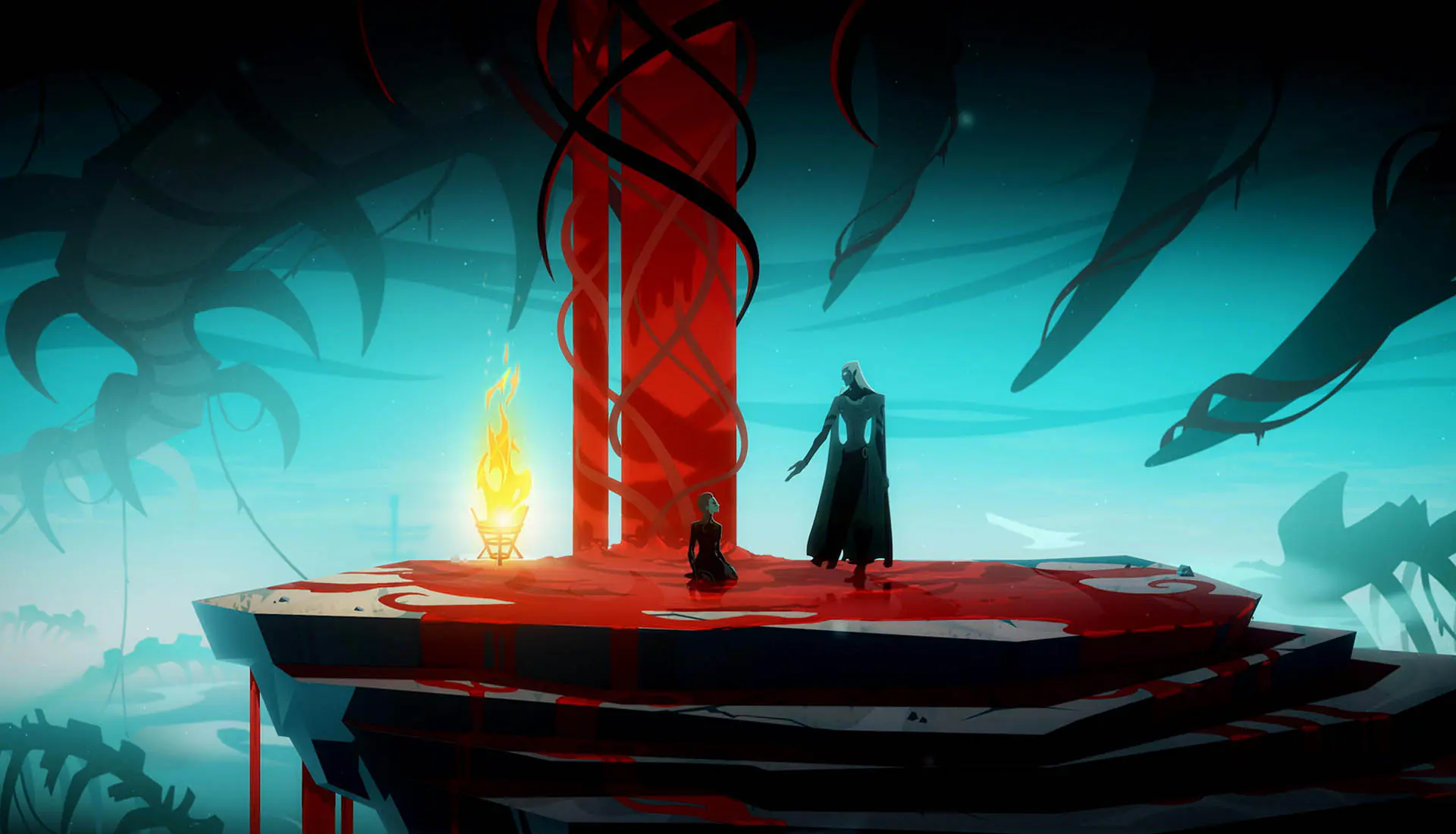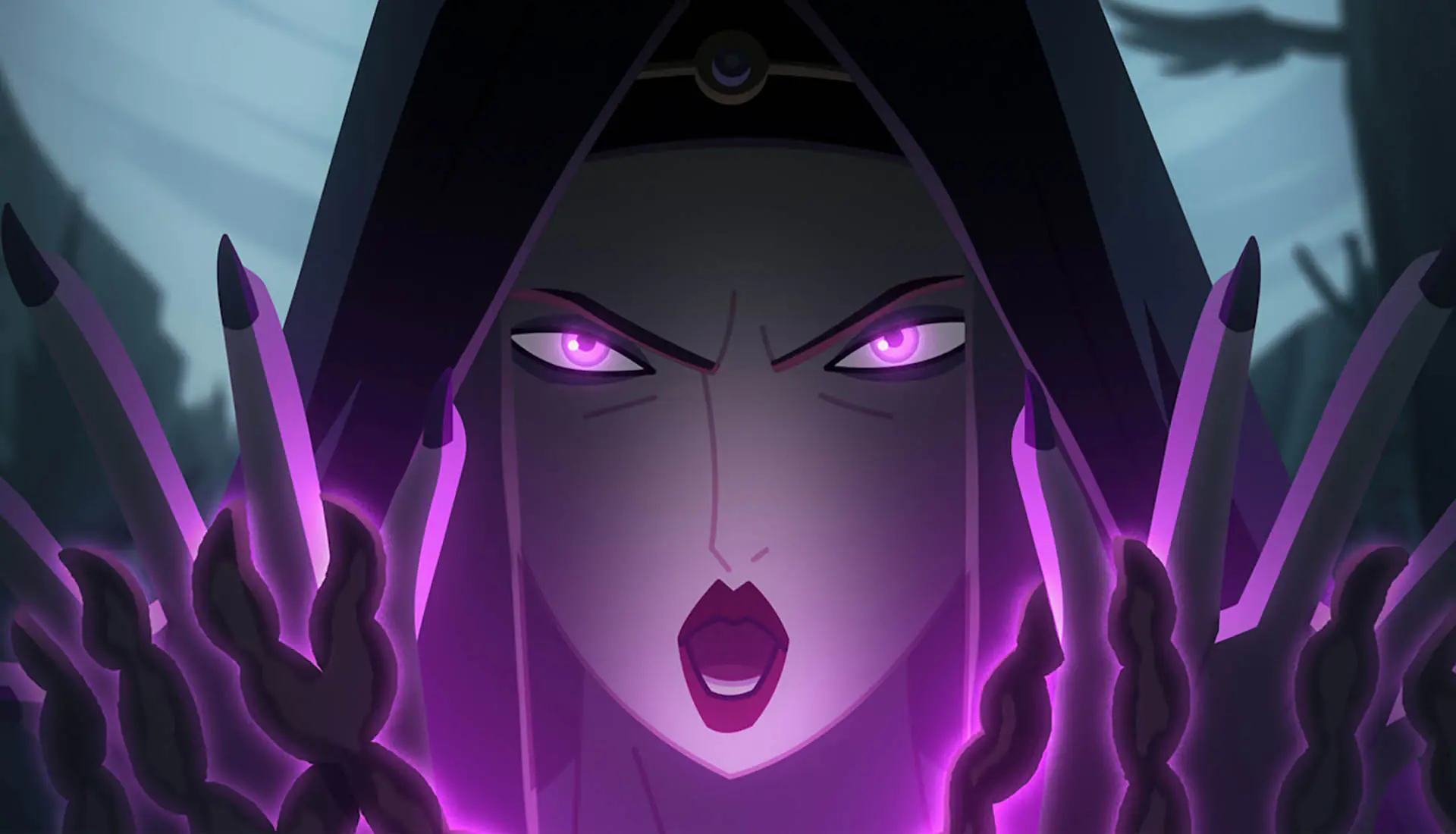TWILIGHT OF THE GODS: The kind of fantasy modern cinema is missing

One of the producers and screenwriters of “Twilight of the Gods”, available on Netflix, is Eric Carrasco, who also co-created “Foundation”. He is joined by David Hartman (known for “Ark: The Animated Series”) and Jay Oliva (who collaborated on “Thor: Ragnarok”). I won’t even mention Zack Snyder, because his involvement is a “quality” guarantee. So, one can expect a good, though potentially controversial, story. It’s almost a shame it’s an animated series, because if it were made into a live-action film with the same scale and brutality, it would certainly become a legendary title in the fantasy genre. It would be talked about for years. Still, I won’t complain too much about “Twilight of the Gods” being animated, because despite its “stop-motion” flaws, it carries an above-average artistic finesse that is captivating. My only minor criticism might be that yet again, another recent production delves into Norse mythology. It’s becoming a bit dull, and it feels like an easy way out, instead of exploring new directions in folklore.
I mentioned a live-action version not only in the context of the visual style and storyline of “Twilight of the Gods”, but also because of the voice cast. It includes actors such as Pilou Asbæk, Sylvia Hoeks, Jessica Henwick, John Noble, Peter Stormare, and Stuart Martin. While they may not be the biggest stars, these are actors who have already created vivid and masterfully performed characters in their filmographies. Seeing them on the big screen in a live-action version of the animation would undoubtedly be a powerful experience. But for now, we only have their voices. Oh well. We’ll just have to deal with that. I previously mentioned that modern cinema lacks fantasy like “Twilight of the Gods”, because it’s fantasy without restraint. The series fully exploits the flexibility of animated storytelling, openly presenting sex and violence, which makes the plot feel natural. The problem is that Zack Snyder is among the creators—both a blessing and a curse—so “Snyderism” has affected the series as well. And it manifests in the usual way: slow motion. Yes, that’s right, even in animation, Snyder had to include it. The series generally tells the story of a troubled land inhabited by northern peoples in the time before Ragnarök. In the very first episode, we meet the main characters, Sigrid and Leif, who will become key players in the fight against the evil gods. Sigrid saves Leif from certain death, but of course, she does so in slow motion. Snyder’s touch is evident from the very first scene, so this style of narration may not appeal to everyone. However, the “Rebel Moon” director isn’t as overbearing with his signature pathos here as he often is in his live-action productions. So, if you see Zack Snyder’s name in the opening credits as the director, don’t run away from the screen. Yes, Snyderism is present, but only in the right dose to build a fantasy atmosphere appropriate for an 18+ audience.

In that regard, for today’s cinema, it’s intense. The language used by the characters is flowery, the camera isn’t shy about showing blood, or even male genitalia, which almost never happens in movies. However, all these elements are carefully planned and integrated into a very abstract and philosophical narrative, which they don’t hinder but rather enhance, adding emotional weight. The gods in this story aren’t good, even when they sometimes appear to be. This isn’t entirely due to their will, but mostly their nature. The message of the series is to define “divinity” as something so far removed from humanity that, from their lofty position as creators and destroyers of worlds, no human will ever find support in the gods. And the gods will never understand humans, though that won’t stop them from tormenting and using them for their own purposes. So, what’s to be done? The gods must be overthrown. It’s a bold idea, but in Norse mythology, it turns out to be achievable. So, over the course of the episodes, viewers can follow how Sigrid and Leif try to exact their revenge on the gods, using one’s power against another.

If you’ve ever been interested in the “fate of the gods,” i.e., Ragnarök, you’ll quickly notice that “Twilight of the Gods” has little to do with original Norse sources like the “Poetic Edda”, specifically the “Völuspá” poem. It’s worth remembering that this poem doesn’t contain a purely Norse message, as it was culturally filtered due to the Christianization of Iceland and Norway in the 10th and 11th centuries. Similarly, the show’s message is also filtered through a thousand years of human thought. That’s why Snyder and his team had to work hard to transform all these alliterative Norse poems into a story that’s exciting, deep, and, most importantly, educational enough to meet viewers’ expectations. And those expectations, especially for this type of animation, are broad—from brutality to erotica to philosophical depth. Ideally, everything should be combined to break the misconception that fantasy is just for children, a belief still common among many viewers and critics. “Twilight of the Gods” requires an open mind toward animation, which might be less engaging for some viewers than live-action, but the series is worth watching, if only for the mad Thor who murders innocent children.

